Choosing File Formats for Translating Technical Manuals
Estimated reading time: 8 minutes
- Use original, editable source files (Word, InDesign, FrameMaker, XML/HTML) — never translate from PDFs or scans.
- XML/HTML work best with AI translation because content is separated from layout and supports automation.
- Text expansion and layout risk: plan for ~30–40% expansion with German and other language differences; images and tables often break without proper tools.
- Terminology management is critical: maintain glossaries and termbases to avoid AI mistranslations in technical texts.
- Format choice impacts cost and timeline: complex layouts (InDesign/FrameMaker) require specialist handling and increase time and cost.
Most Common Technical Manual Formats
Shop owners and documentation teams regularly receive manuals in multiple formats. That mismatch between what the manufacturer sends and what the translation team needs is a frequent source of delays and added cost.
Microsoft Word (DOCX)

Why it's common: Word is widely accessible, editable, and integrates with many CAT tools. Most people can open and edit DOCX files without specialized software.
Watchouts: complex tables, embedded objects, and custom styles can break during text extraction. Use translation tools that support native Word formats to avoid conversion issues.
Adobe InDesign (INDD)
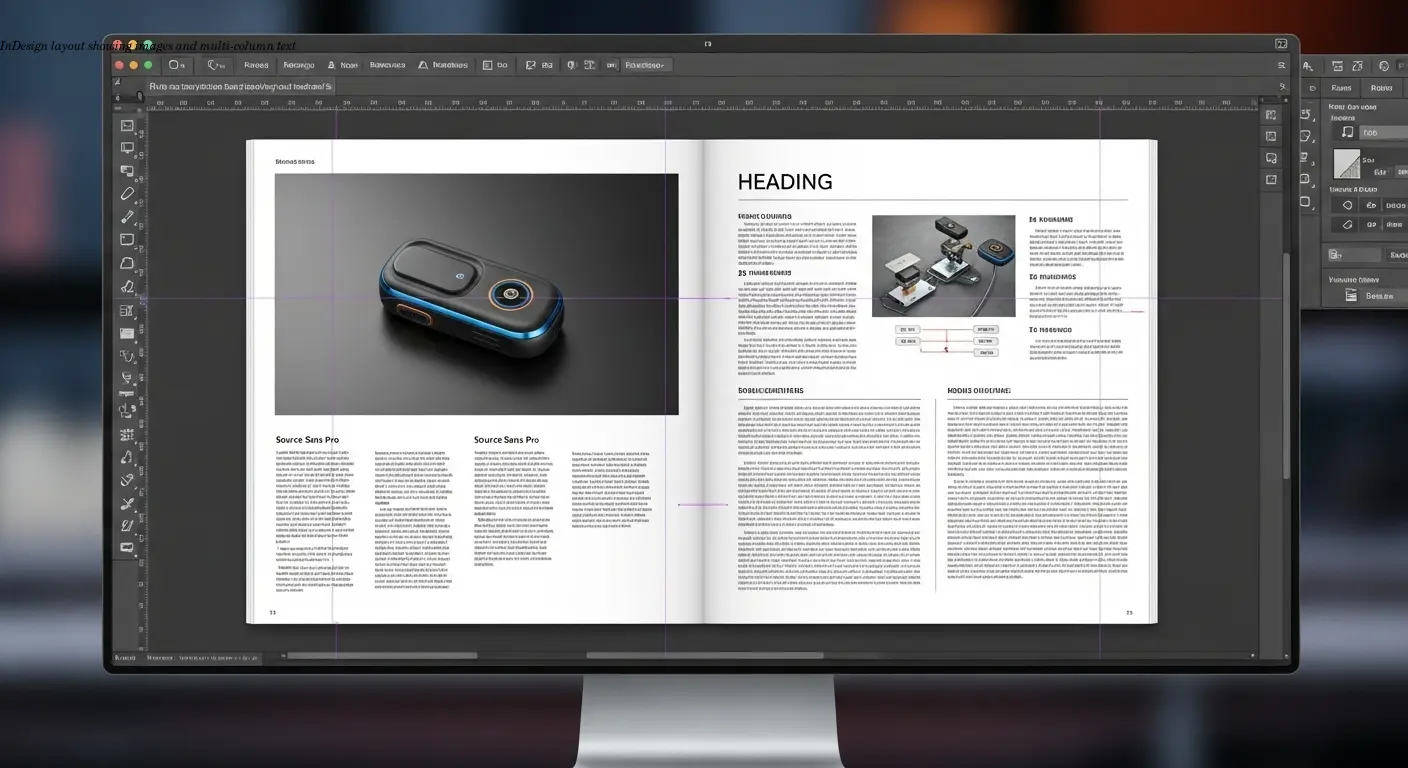
Why use it: precise design control for print and multi-language publishing. Maintains visual consistency across languages.
Trade-offs: requires specialized skills and software; often needs export to IDML for translation workflows and careful reimport/editing.
Adobe FrameMaker (FM)

Best for: long, structured technical documentation with complex cross-references and multi-chapter projects.
Consider: steep learning curve and higher tooling cost; needs FrameMaker expertise to handle structured content safely.
Reality: PDFs are consistent for display but are poor translation sources. They act like images — extracting editable text often breaks layout, tables, and images.
Always prefer original editable files over PDFs whenever possible.
XML & HTML

Why they shine: they separate content from presentation, enabling automated translation workflows and excellent AI tool compatibility.
Downside: require technical skills to create and maintain; but they pay off when manuals are updated frequently.
Why Format Choice Matters for Translation
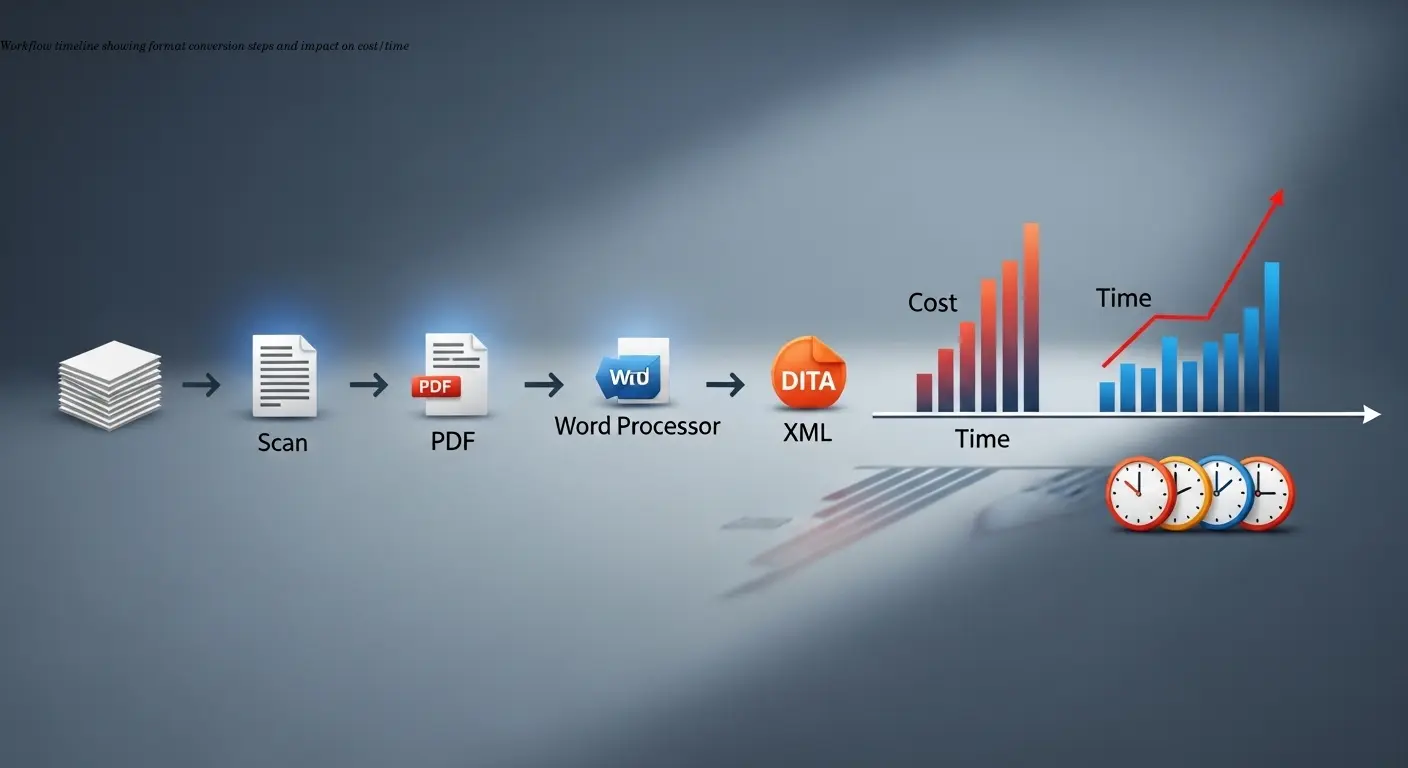
Format affects timeline, cost, and quality. Editable formats (Word, XML) allow CAT tools and automation to extract and return content without breaking layout. Non-editable formats (PDF) force manual extraction and reconstruction that add time and cost.
Example: an InDesign manual that couldn't be processed by a client's tool cost an extra three days to reformat — a direct schedule and budget hit.
Translate Technical Manuals: Format-Specific Challenges
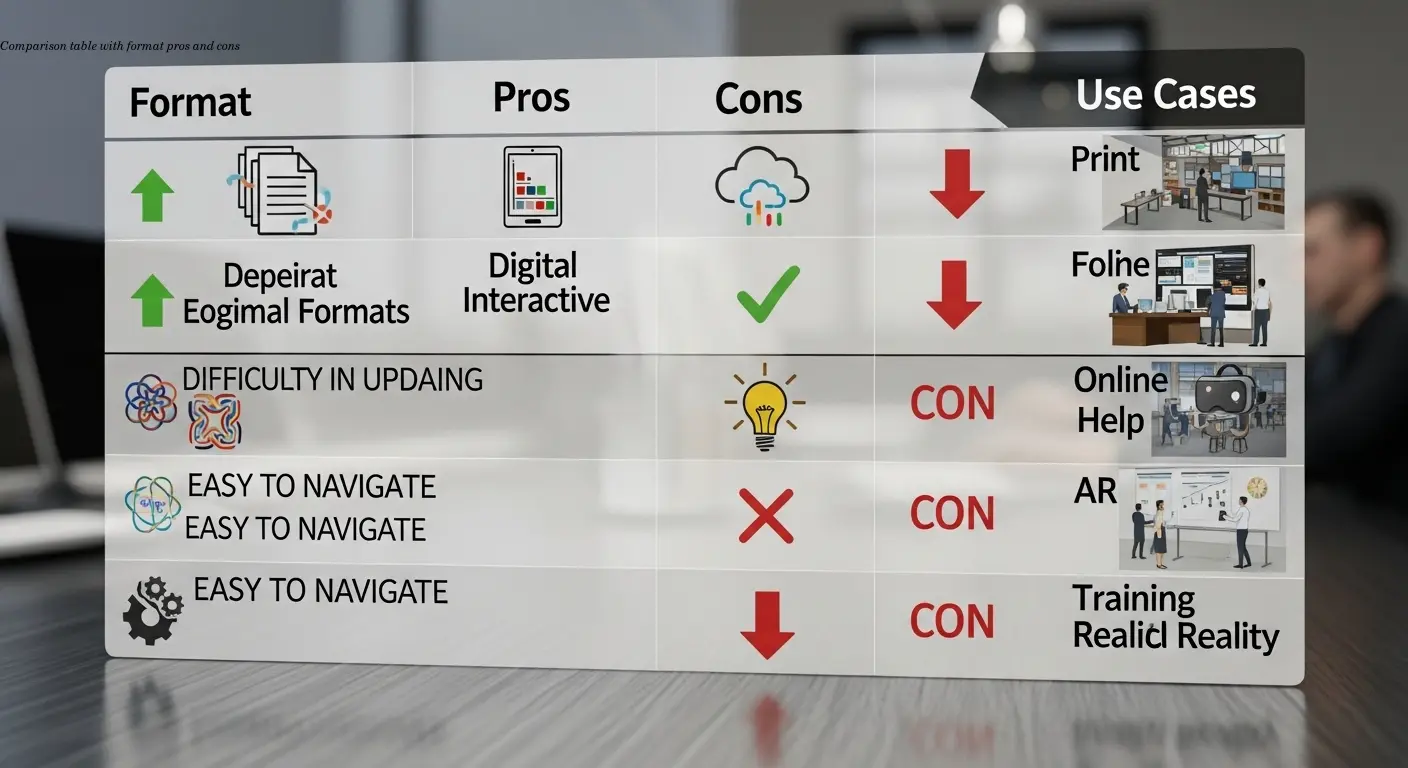
Word-specific issues
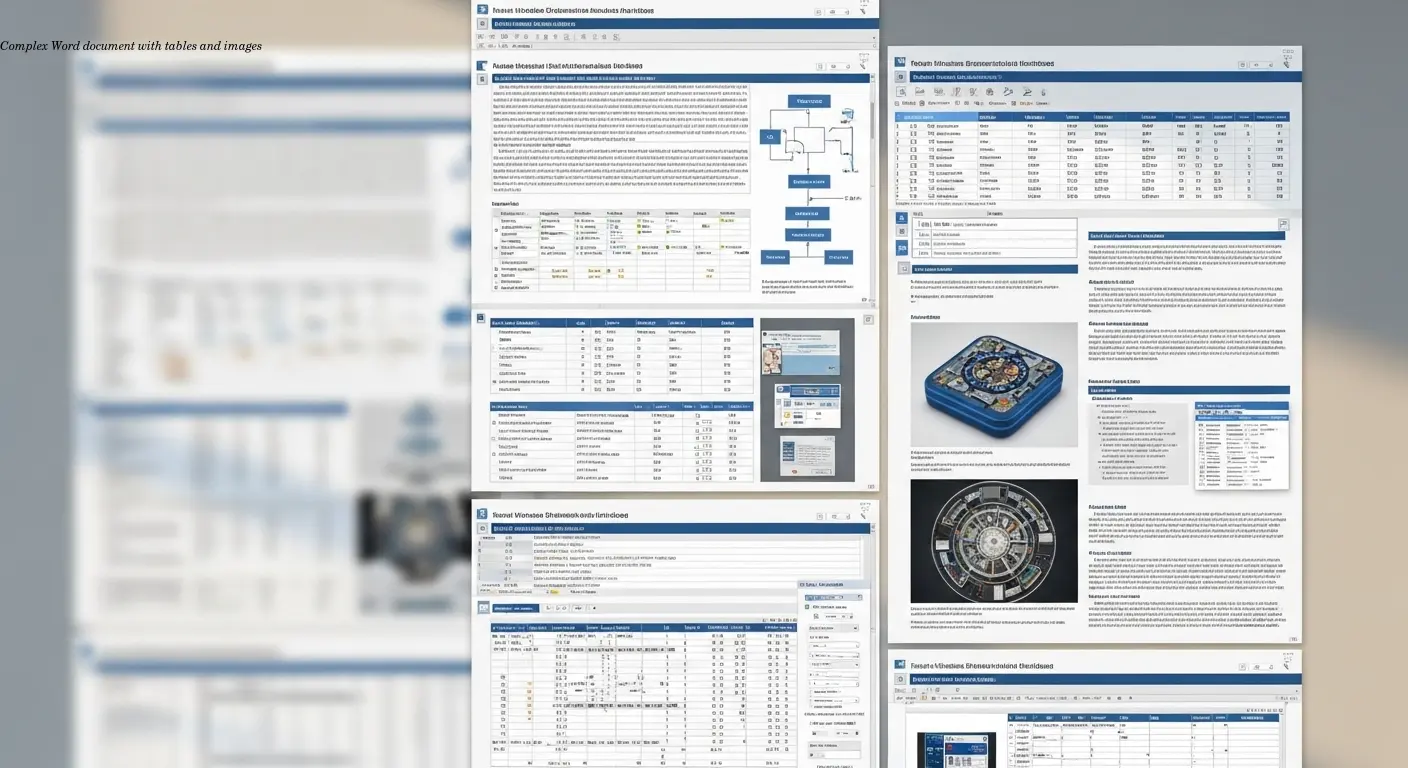
Problems: styles stripped during extraction, misplaced images, broken cross-references. Solution: use tools that accept native DOCX and enforce consistent styles.
InDesign-specific issues
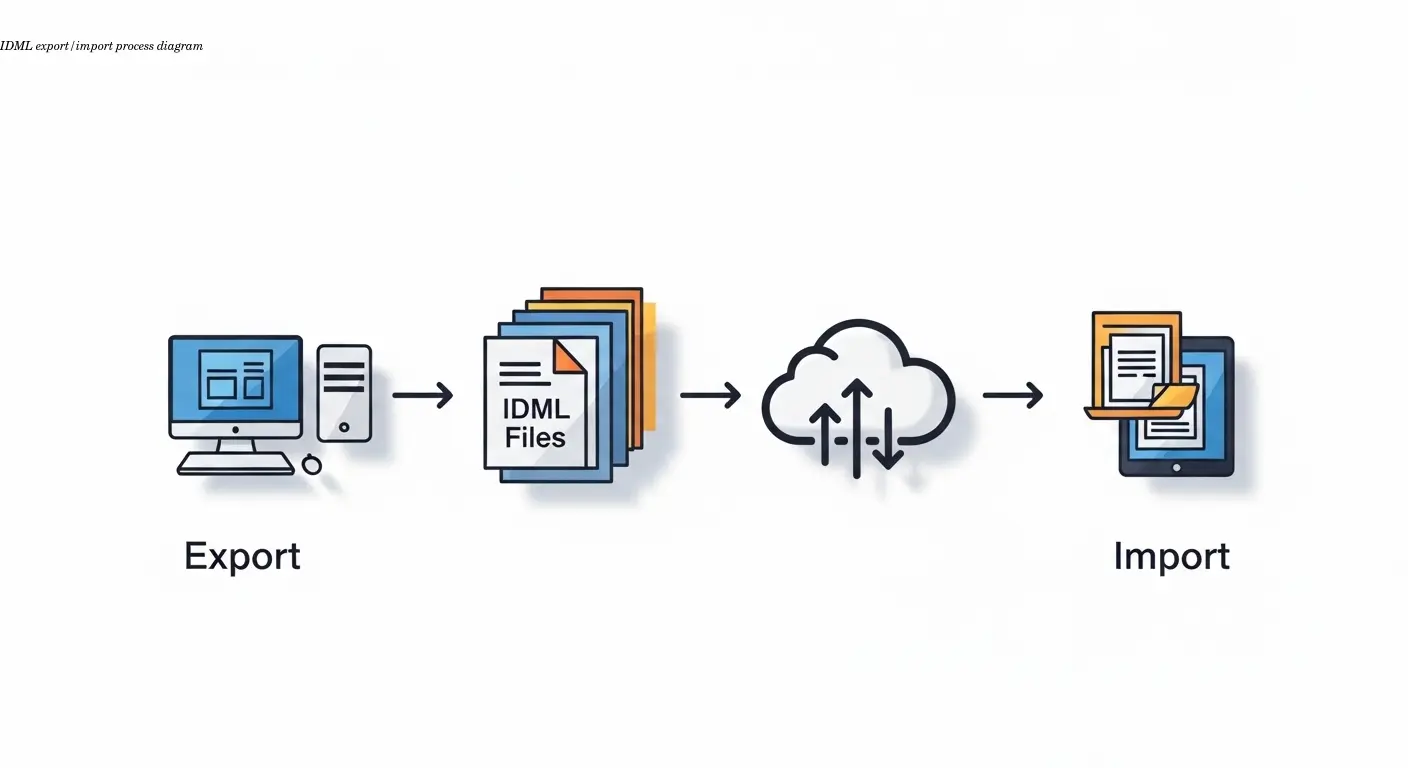
Workflow: export to IDML, translate, reimport and check layout. Text reflow affects page breaks and image placement — plan for post-translation layout QA.
FrameMaker-specific issues
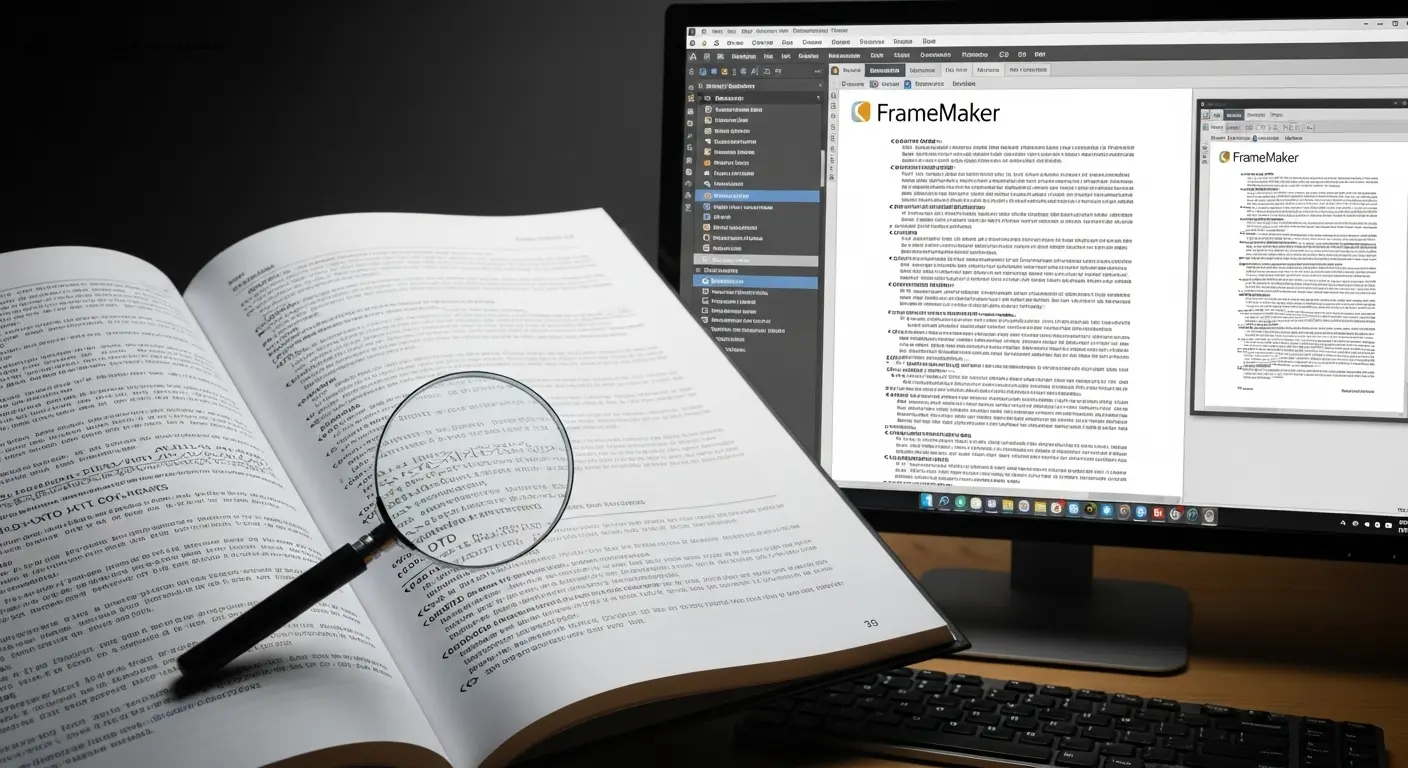
Complexities: conditional text, variables, and cross-references require FrameMaker-aware workflows and expertise to preserve document logic.
PDF-specific issues
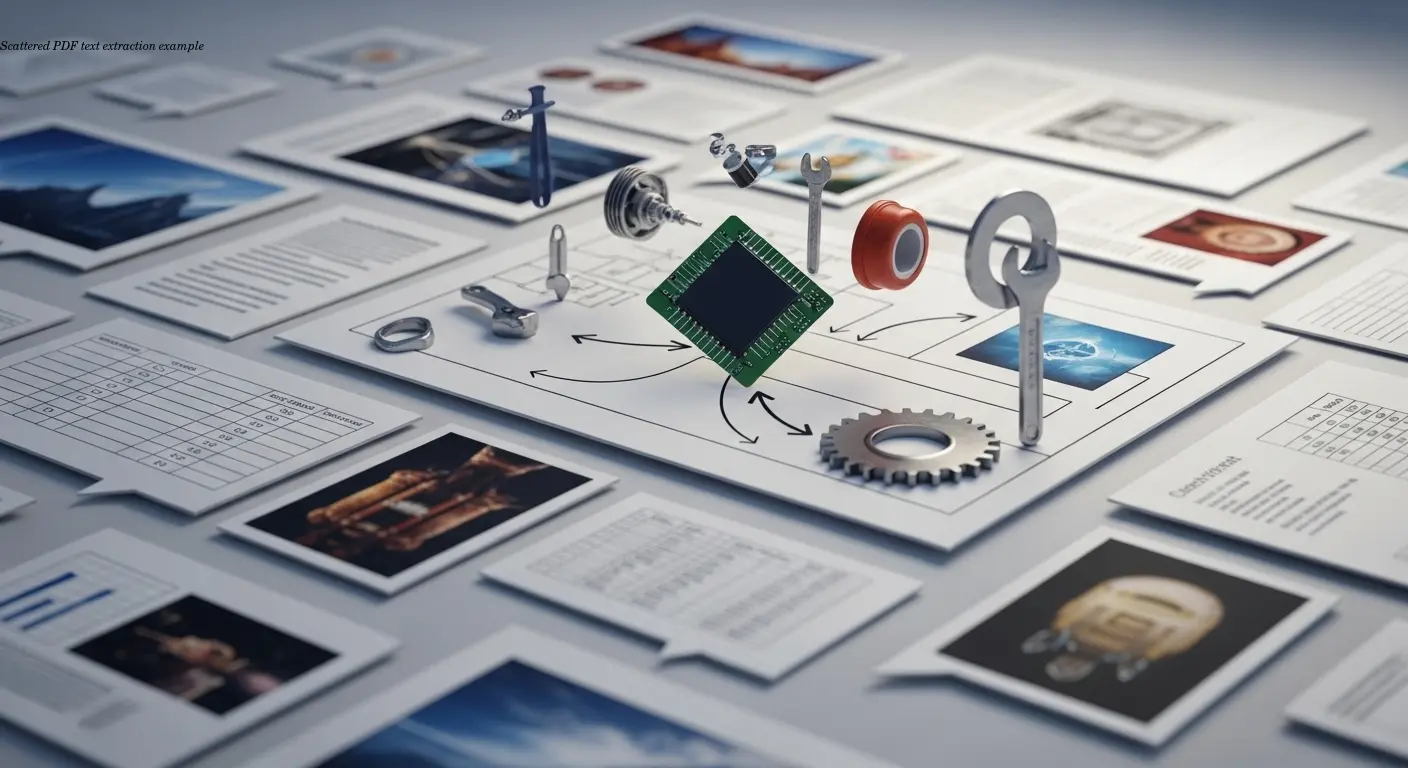
Reality check: extraction often misreads characters, breaks table structure, and separates captions. If you must use PDF, budget for reconstruction and thorough QA.
XML/HTML-specific issues
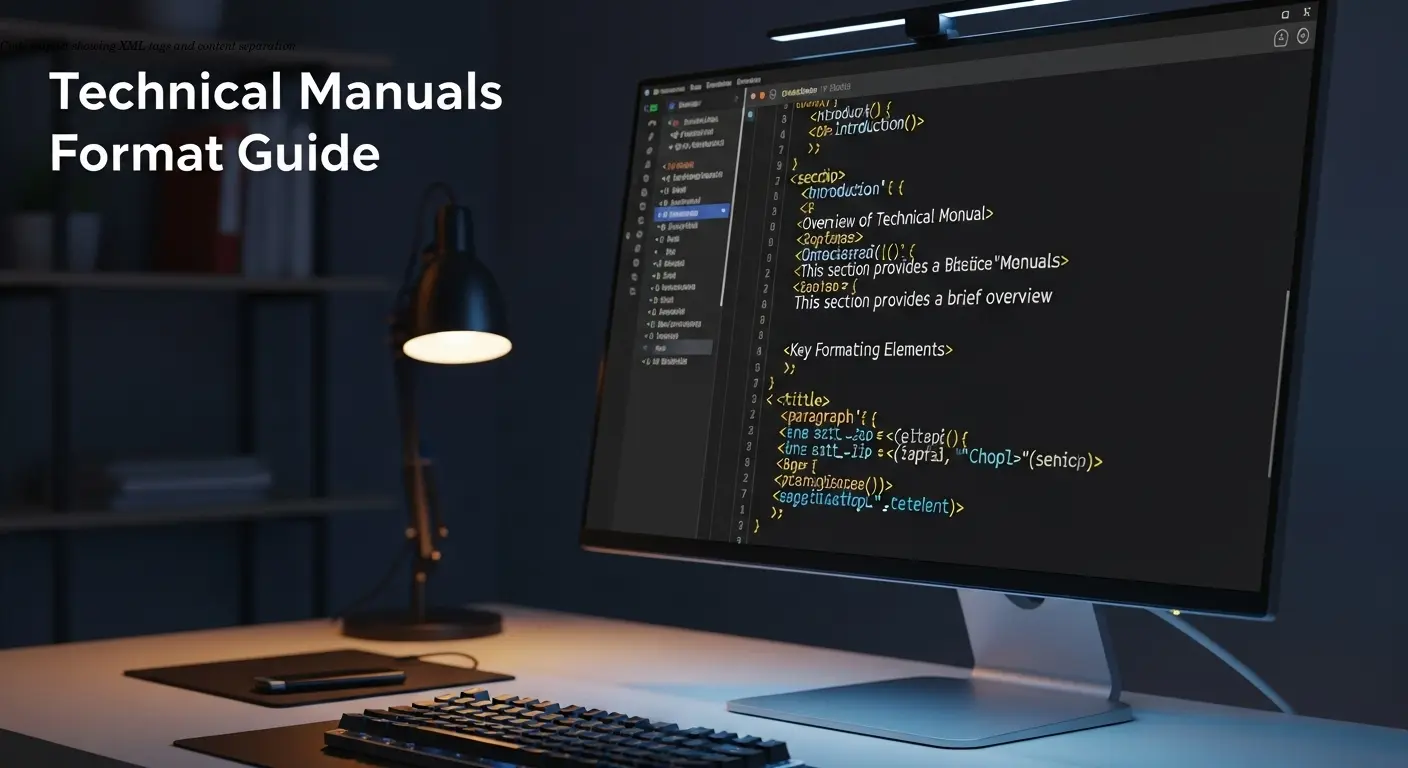
Advantages: clean separation of content and markup; ideal for AI and automated pipelines. Care: linked assets and stylesheets must be managed systematically to avoid broken relationships.
AI Translation of Technical Manuals

AI performs best when content is structured. XML and HTML allow AI to focus on text without layout noise. Word can work well if styles are consistent; InDesign and FrameMaker generally need conversion to intermediate formats.
Terminology management becomes essential: feed glossaries and training data to the AI to prevent mistranslation of technical terms.
Human QA remains mandatory. AI speeds up bulk translation, but subject-matter experts should validate technical accuracy and cultural appropriateness.
Preserving Images, Tables, and Layout
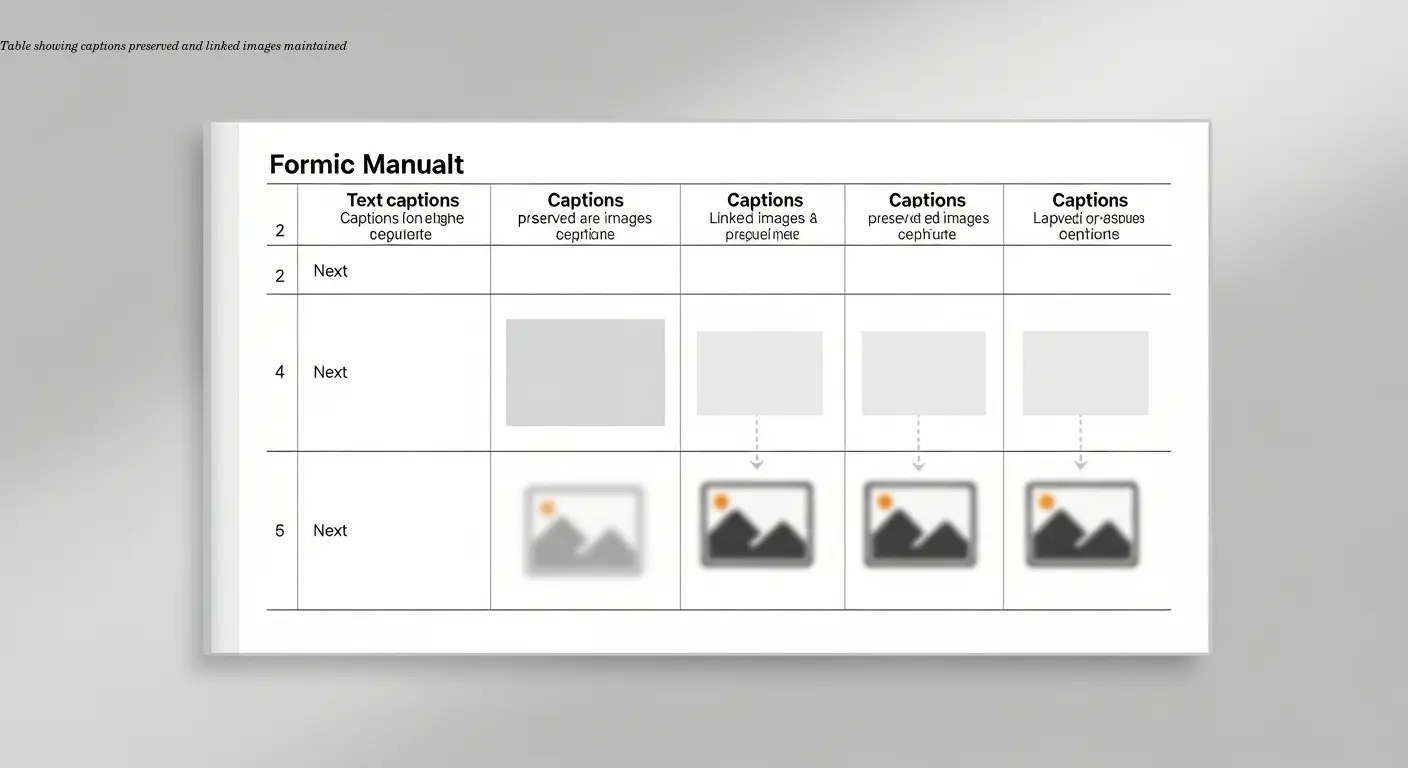
Images: usually don't require translation, but captions, callouts, and embedded text do. Some images need re-creation in the target language.
Tables: preserve structure while translating headers and cell content; consider RTL languages that change table orientation.
Plan for text expansion, flexible layouts, and post-translation layout checks to avoid broken typography and misaligned graphics.
Choosing Compatible Translation Workflows
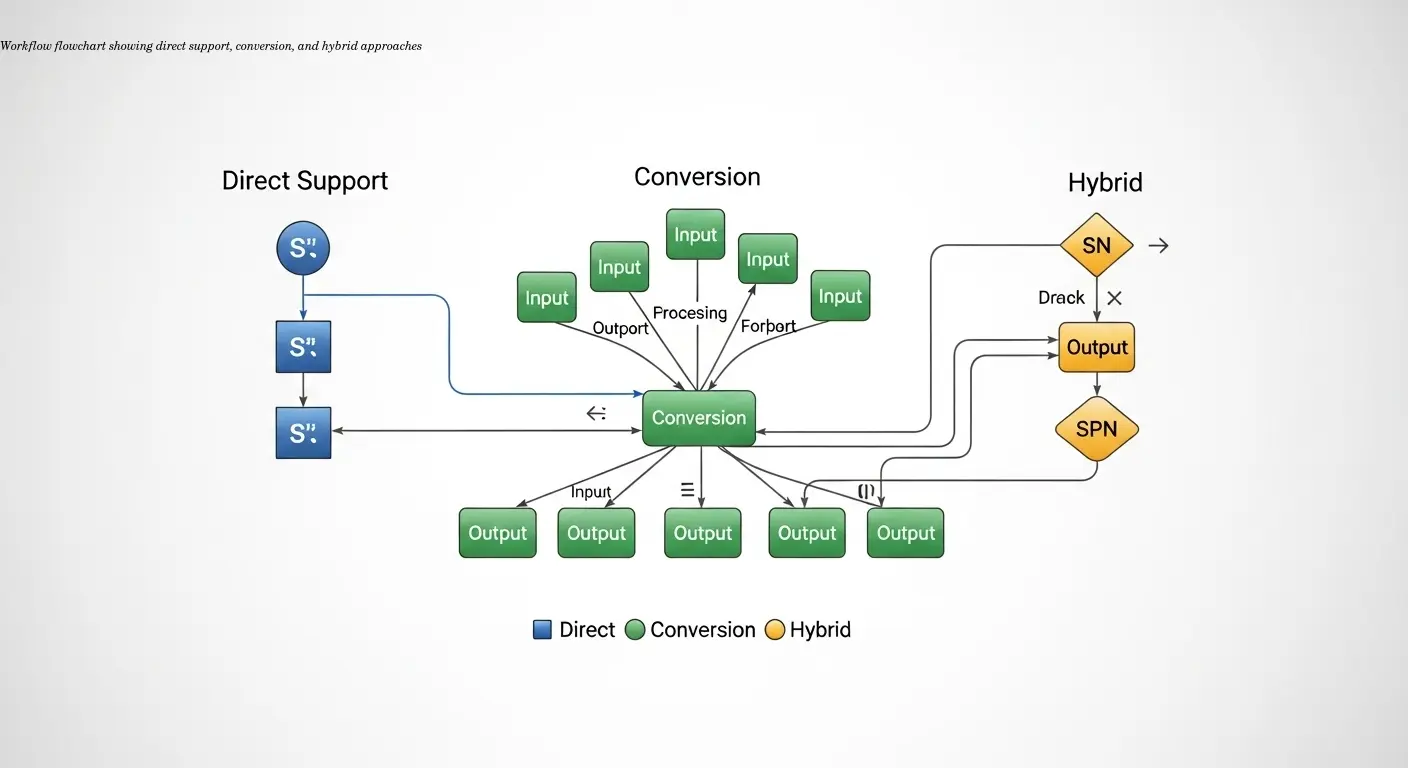
Options:
- Direct file support: best when the CAT or platform accepts the source format natively (DOCX often best supported).
- Conversion workflows: export to IDML or XML when native support is lacking — more steps and potential data loss.
- Cloud platforms: can automate previews, image handling, and cross-reference updates for some formats.
- Hybrid approaches: AI for bulk translation + human experts for QA and technical accuracy.
Version control and validation: lock or track source changes during translation to avoid sync problems; budget time for testing cross-references and layout integrity.
Making Smart Format Decisions
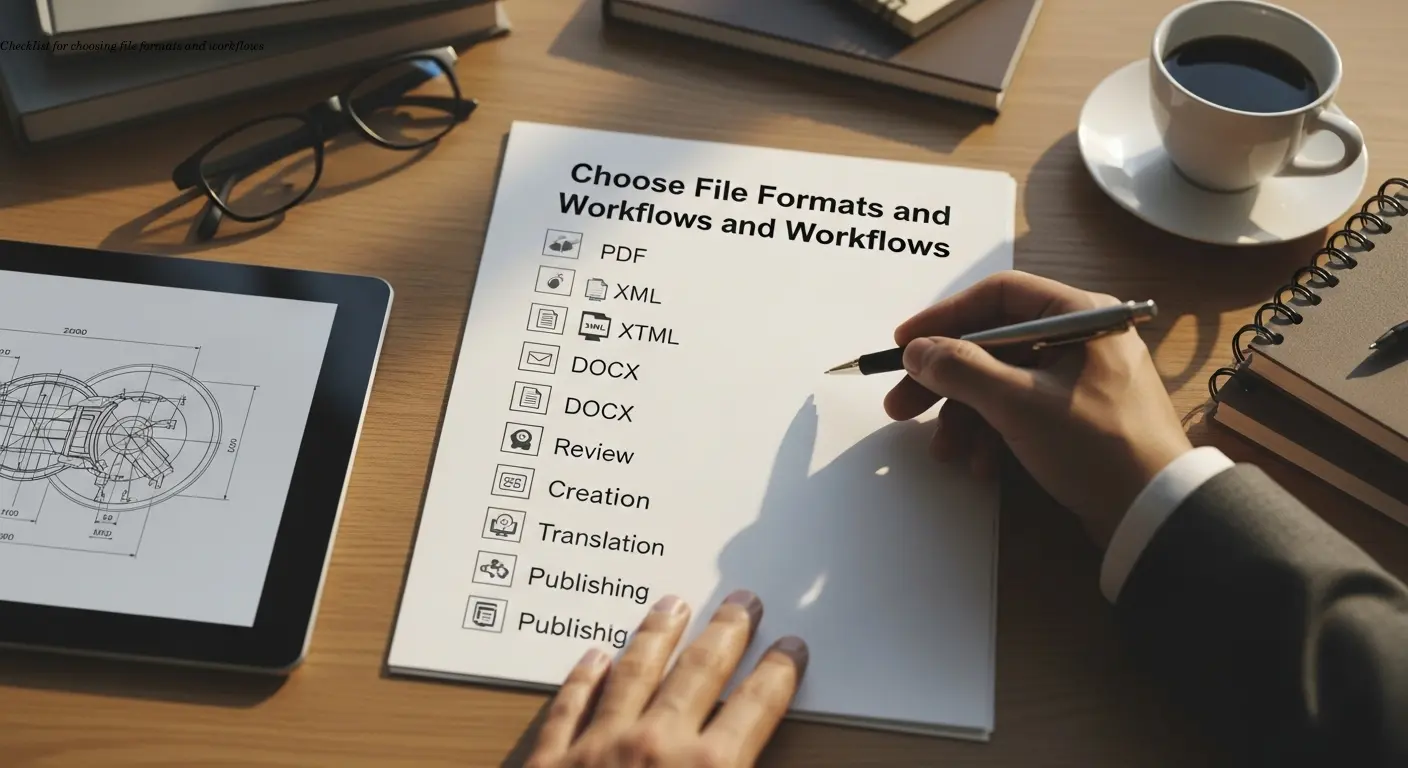
Practical criteria: start with your source, team skills, and license availability. If you already create manuals in Word, remain there unless there's a clear ROI to switch.
Consider frequency: one-off translations may tolerate manual workflows; frequent updates usually justify XML/HTML structured formats.
Tip: run a small pilot project to surface issues early and refine your workflow before scaling.
FAQ
Can I translate technical manuals from PDF files?
While possible, it's not recommended. PDFs require text extraction that often loses formatting, breaks tables, and separates images from their context. Always use the original source files (Word, InDesign, etc.) when available.
Which format works best with AI translation tools?
XML and HTML formats work best because they separate content from layout. Word files with consistent formatting also work well. Complex layouts in InDesign or FrameMaker typically need preprocessing before AI translation.
How much does text expansion affect layout?
Text expansion varies by language pair. German translations often run 30-40% longer than English. Chinese might be shorter. Plan flexible layouts with adequate white space to accommodate these changes.
Do I need special software to translate technical manuals?
It depends on your source format. Word files work with most translation tools. InDesign and FrameMaker require compatible software or export to intermediate formats. PDF translation needs specialized text extraction tools.
How do I preserve images and tables during translation?
Use translation tools that support your source format directly. Maintain separate image files and caption lists. Plan for table structure preservation and cross-reference updates. Budget time for post-translation formatting review.
What's the most cost-effective format for regular manual updates?
Structured formats like XML or HTML provide the best long-term value for frequently updated content. They enable automated workflows and faster turnaround times. The higher initial setup cost pays off over multiple translation cycles.